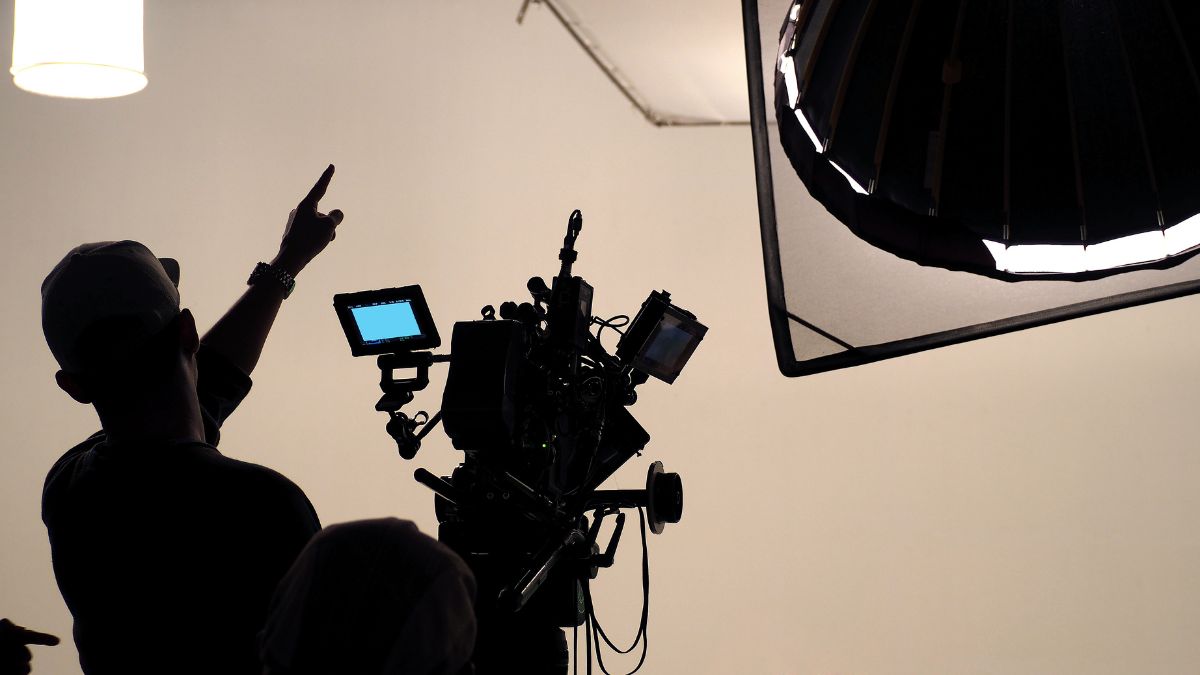Gone with the Wind: An Epic of the 1930s
Gone with the Wind: An Epic of the 1930s
The Cold War on Screen: How 50s Movies Addressed Contemporary Fears

The Cold War on Screen: How 50s Movies Addressed Contemporary Fears
In the 1950s, a shadow loomed over the world, a specter of dread and unease brought forth by the Cold War. This era, marked by the silent yet deafening clash of superpowers, the United States and the Soviet Union, birthed a unique genre of cinema. Movies from this period did not merely entertain; they echoed the palpable fears and anxieties of a generation standing on the brink of nuclear annihilation.
Imagine sitting in a dimly lit cinema of the 50s, the air heavy with tension, as the screen flickered to life showing “The Day the Earth Stood Still” (1951). This film was not just a foray into science fiction but a bold statement on the Cold War anxieties. The alien Klaatu, with his ultimatum for peace or destruction, symbolized the precarious balance of power during that era. The audience, already grappling with the dread of nuclear warfare, found themselves face-to-face with a cinematic portrayal of their deepest fears. It was a masterful stroke, using science fiction to reflect the real-world terror of a global conflict spiraling out of control.
Then there were the espionage thrillers, a genre that thrived under the shadow of the Cold War. Alfred Hitchcock’s “North by Northwest” (1959) is a quintessential example, a film that takes you on a dizzying journey of mistaken identities and covert operations. The protagonist, an innocent man caught in a web of spies and lies, mirrored the confusion and paranoia that had seeped into the everyday life of the common man. Through its riveting narrative, the movie captured the essence of a world where trust was a luxury and danger lurked in the shadows.
But the Cold War’s influence extended beyond the realms of science fiction and espionage. It infiltrated the horror genre too, with movies like “Them!” (1954). This film, with its giant, mutated ants ravaging the American Southwest, was a thinly veiled metaphor for the nuclear threat. Each scene, each moment of terror, resonated with the underlying anxiety of an era where atomic energy, initially seen as a beacon of progress, had morphed into a harbinger of doom.
The 50s cinema was not just a mirror reflecting the fears of the Cold War; it was a lens magnifying them, making them palpable, almost tactile. Films like “Invasion of the Body Snatchers” (1956) played on the fear of infiltration, the dread that the enemy could be hiding in plain sight, masquerading as one of us. This narrative spoke directly to the paranoia of the era, a time when neighbor suspected neighbor, and loyalty was constantly under scrutiny.
As the decade progressed, these movies became more than mere stories; they turned into cultural artifacts, etching the ethos of the Cold War era into the annals of cinematic history. They were powerful, they were evocative, and above all, they were a reflection of a world teetering on the edge of an abyss.
In conclusion, the 1950s cinema was a canvas on which the fears and tensions of the Cold War were vividly painted. These films were not just about entertainment; they were a dialogue with the audience, an expression of the collective psyche of a generation living under the shadow of a global standoff. They remind us, even today, of the power of cinema to capture the essence of an era, to be a voice in times of silence, and to hold a mirror up to our deepest fears and anxieties.